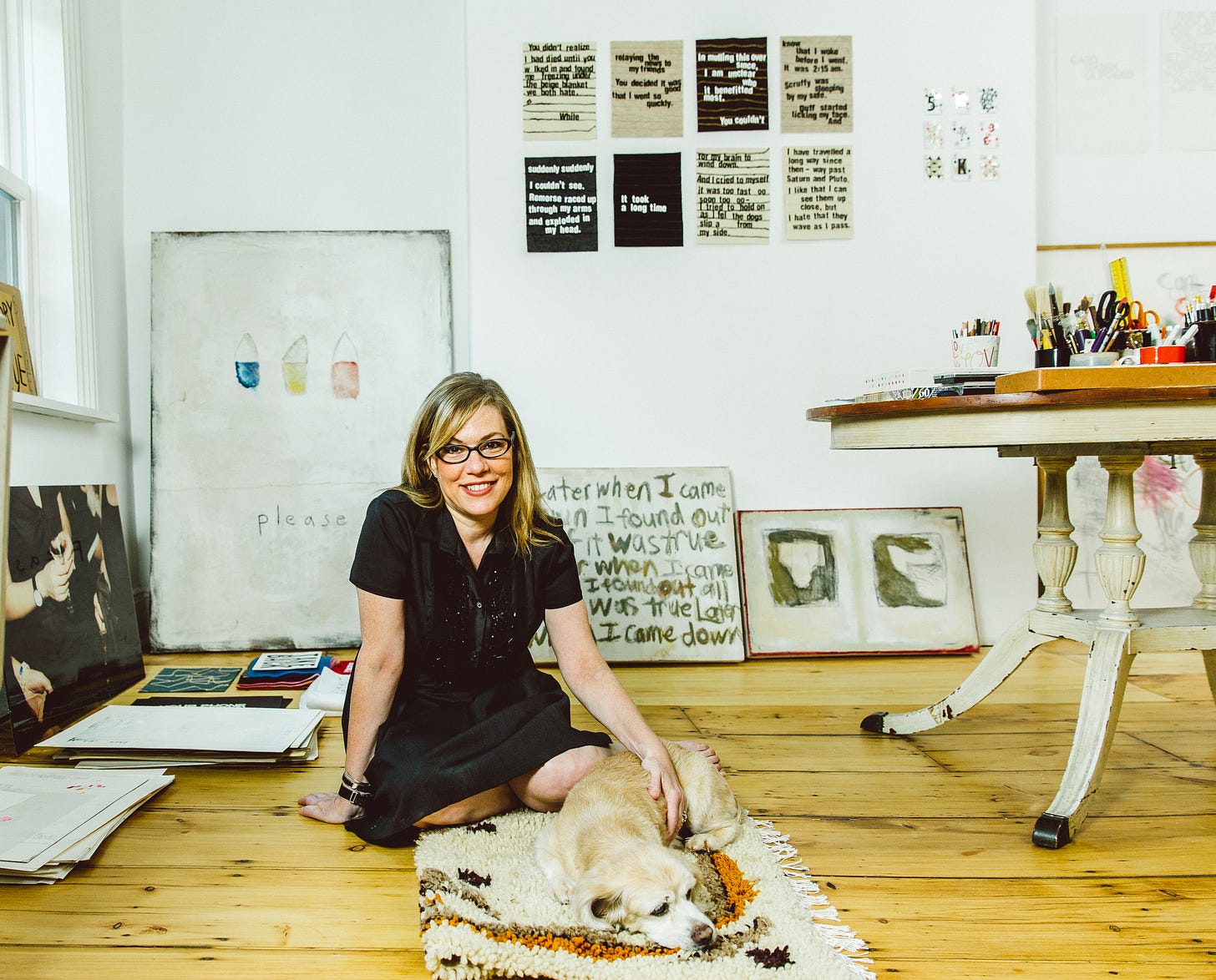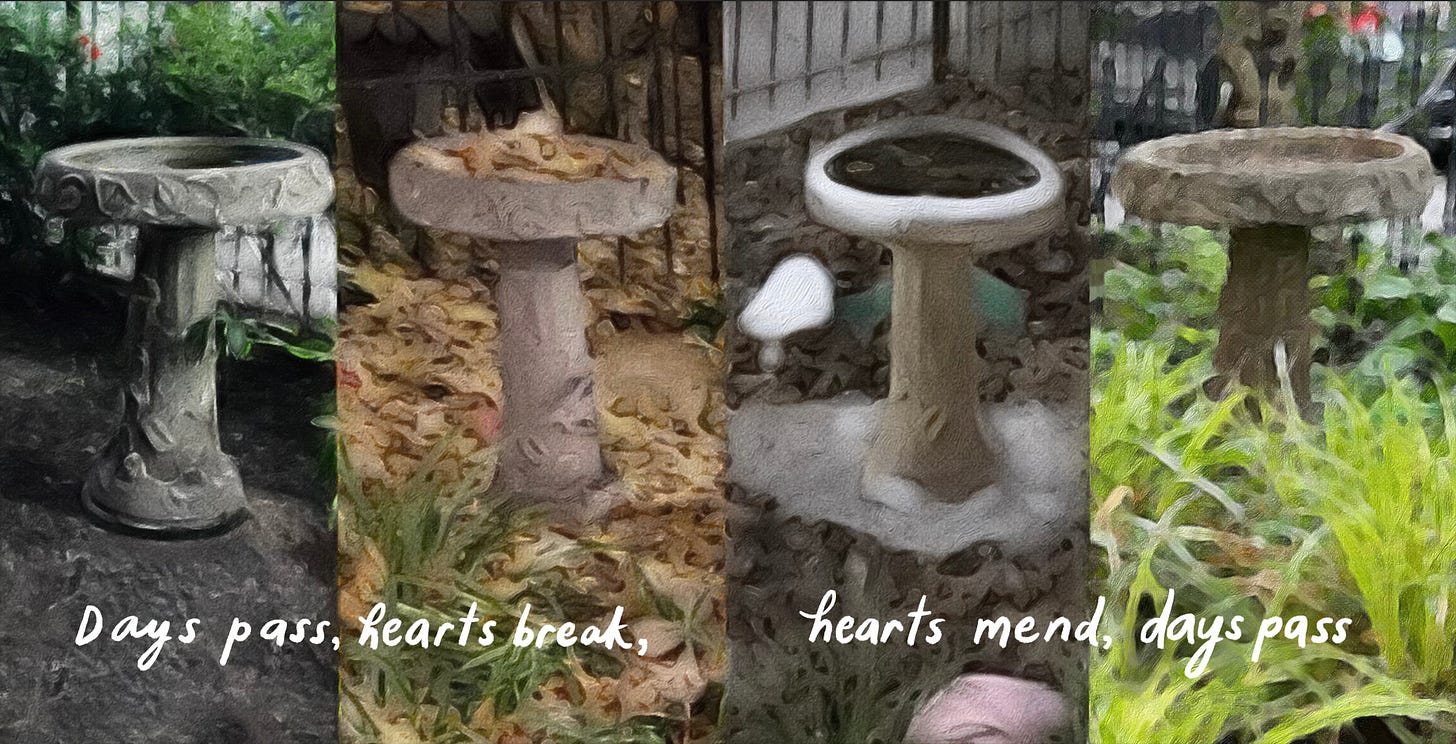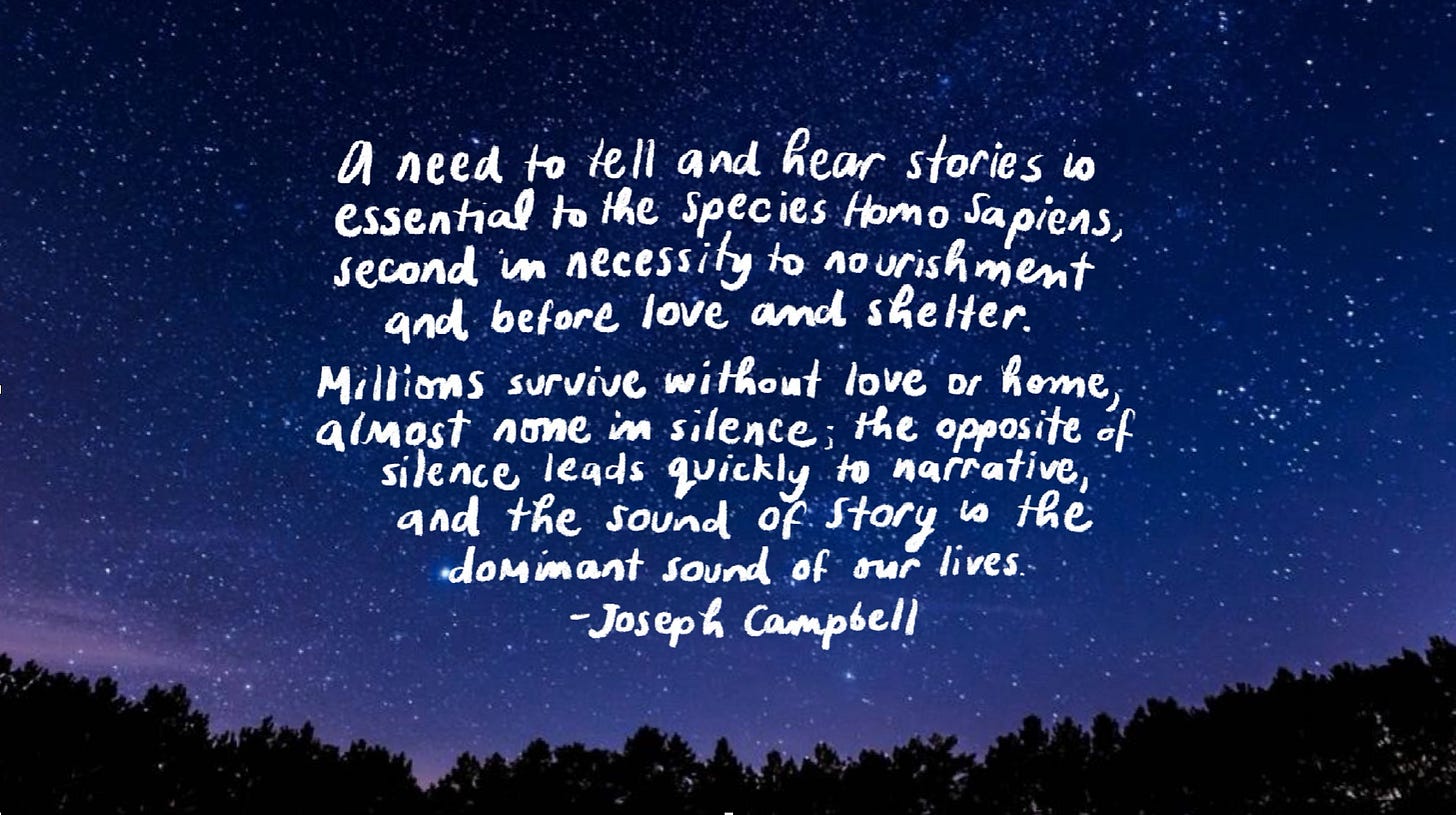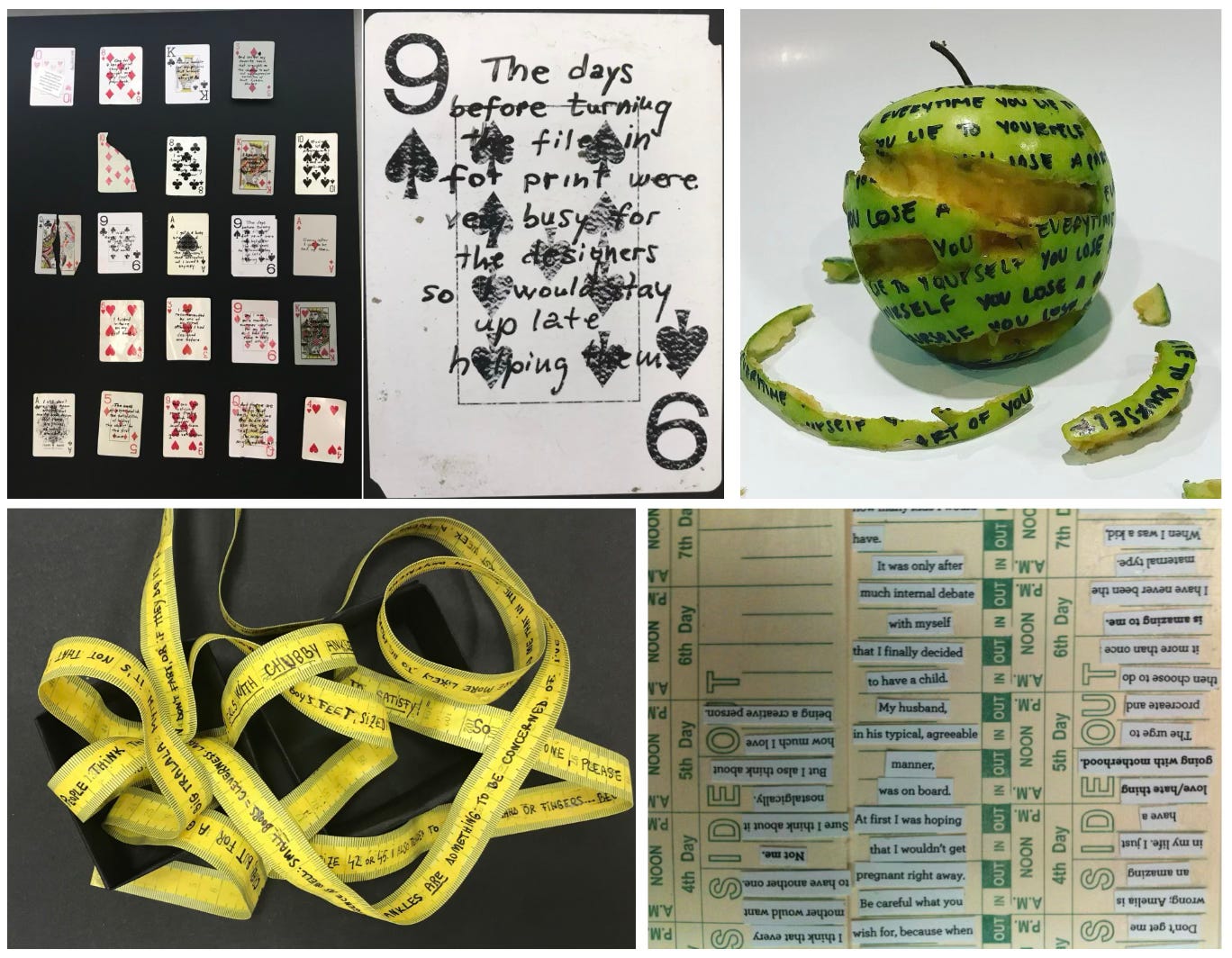My dear Grown-Ups Table artists and friends,
I was going to kick off this week by kvelling over your INCREDIBLE Miguel Arzabe-inspired woven drawings (they are amazing — you can see member’s artwork here!) but I cannot contain my excitement about our special guest. So I am going to cut to the chase. Today we wrap up our GUT mini-series on visual storytelling with a visit from a queen of the field, beautiful human and friend, the one & only Debbie Millman.
SFX: Crowd goes wild!
Let’s dive in.
Guest Artist: Debbie Millman
Debbie is a renowned illustrator, author, educator, curator, podcaster, speaker, and activist with a long list of impressive awards and other accolades. I first met Debbie through our mutual dear friend, writer and reader Maria Popova (she of The Marginalian!). Along with Maria and writer/editor Sarah Rich, Debbie and I created the book Leave Me Alone with the Recipes: The Life of Cipe Pineles, an effort to reintroduce one of the most underappreciated and influential designers in the US.
Debbie is a multihyphenate and cross-pollinator. She pulls from one creative field to joyfully inform another, applying her unique, generous perspective across disciplines and mediums. In everything she does, Debbie is a celebrator.
In 1995, Debbie joined Sterling Brands and rose to be its president for 20 years. At the same time, she both started her award-winning podcast Design Matters (now celebrating its 20th anniversary!) and co-founded the world’s first graduate program in branding at the School of Visual Arts in New York City with Steven Heller. She became editorial director of PrintMag.com, which she now co-owns, and president emeritus of AIGA (American Institute of Graphic Arts). Debbie has written numerous books and pieces for notable publications, and she speaks and hosts workshops around the world.
Debbie is one of the hardest working people I’ve met. While leading in the corporate world, all the while she quietly, gently cultivated her own art practice in her studio at home. (Artist gonna art.) When I stayed at Debbie’s NYC home years ago, I was delighted to discover she’d made hand-painted tiles for her guest bathroom shower. If there’s space to create something special, Debbie will make it. If not, she’ll redesign the space so she can.
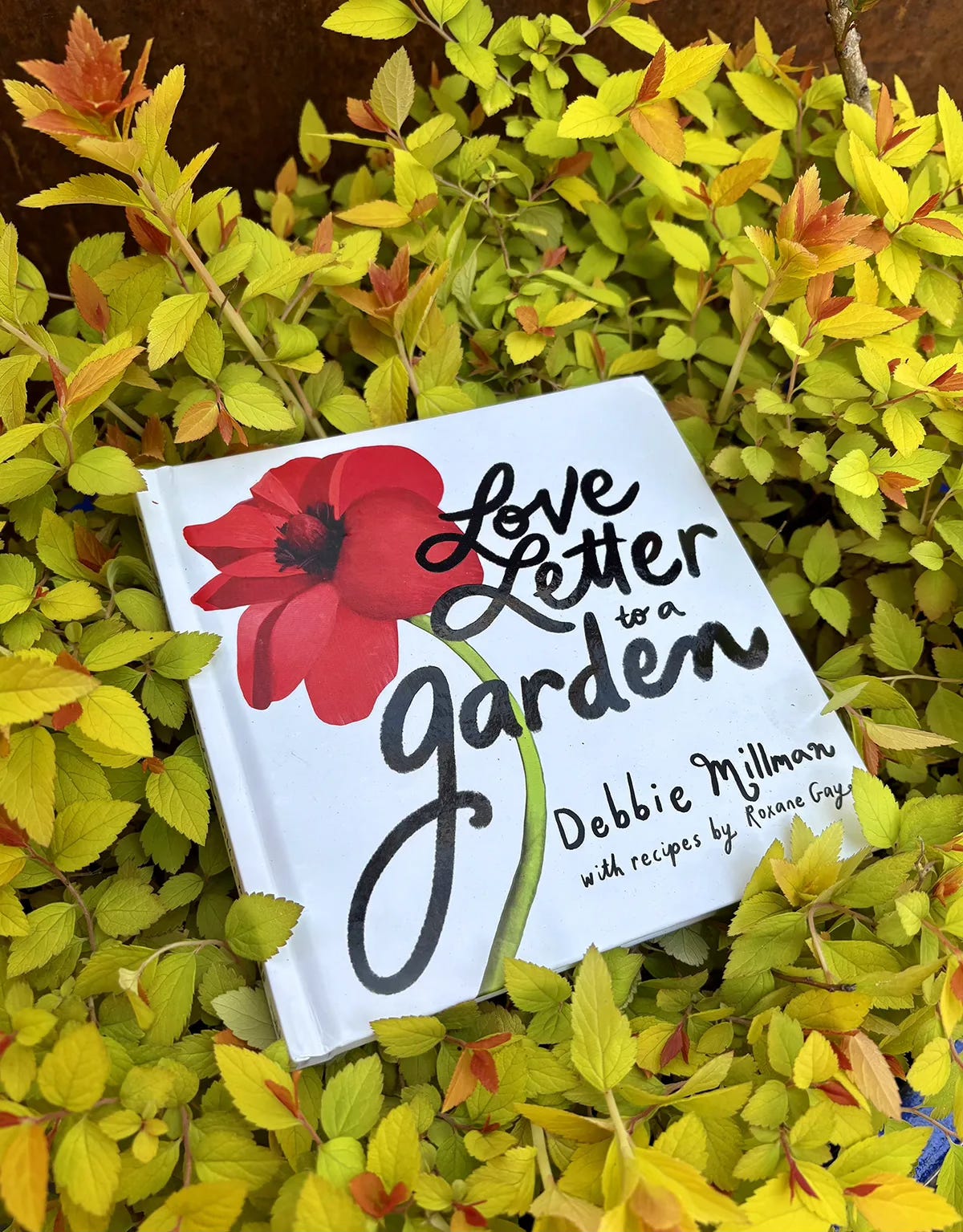
Debbie has a new book out, Love Letter to a Garden, and it’s a marvelous adventure in visual storytelling that incorporates drawings, photos, and handlettering — a beautiful ode to love and creativity and gardens that she grows with her wife, the writer Roxane Gay.
I asked Debbie a few questions about her process, and visual storytelling in general, and she gifted us with an incredibly special drawing assignment this week. GUT community, this one is going to be GOOD.
ALSO, we are doing a double book giveaway for GUT Community members this week. I’ll select one member out of the chat (randomly of course!) to receive a copy of Debbie’s newest book and a copy of my personal favorite of hers, Self Portrait as Your Traitor. The book is out of print, but Debbie is gifting one of her cherished copies to the community. We ❤️ You, DM, and can’t wait for you to see everyone’s artwork!
Alright, without further ado (drum roll) - heeeeeere’s Debbie!
Q & A with Debbie Millman
When I am deep in the soil with the sun at my back and a breeze on my skin, my self-consciousness starts to melt away and—for the first time in my life—I begin to fall back into myself. - Debbie Millman
Wendy: Debbie, thank you for taking time to chat with the GUT this week. Let me ask you a few questions about your beautiful new book. We’ve been talking a lot lately in the GUT about how we as artists connect with our bodies, and how we care for them. How does gardening get you into your body?
Debbie: I’ve spent most of my life living in my head, and much of that time trying to figure out how to inhabit my own body. It’s been easier for me to work on things that are cerebral than engaging in anything more physical. Gardening has helped me move past this self-imposed limitation in a way that feels safe and hopeful. When I am deep in the soil with the sun at my back and a breeze on my skin, my self-consciousness starts to melt away and—for the first time in my life—I begin to fall back into myself.
Wendy: Your style of visual storytelling is so striking and full of beauty, curiosity, insight, and wit. How do you approach combining image and writing together?
Debbie: I create my visual stories by writing and drawing simultaneously. Each effort reflects and is dependent on the other. The stories emerge as I am working through possible narratives; all the while I am hoping magic will emerge.
Wendy: Much of your work is done digitally, and yet here you are talking about gardening, which is messy and visceral, a sensual experience. Is there anything you get from gardening that you don’t get from the digital world?
Debbie: I actually get a lot of joy from both. And honestly, I futz around so much digitally with so many rounds and revisions and options that it gets very messy in my devices!
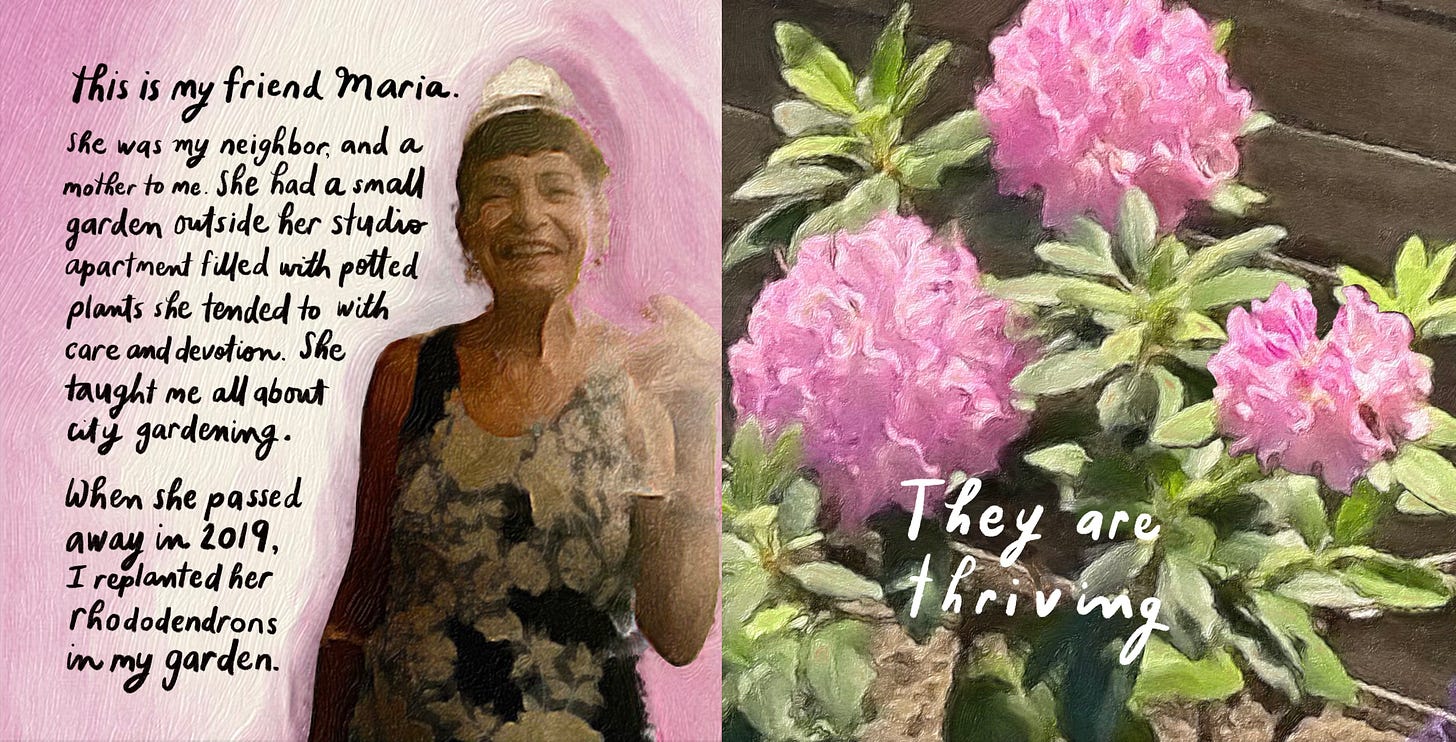
Wendy: Could you tell us more about your visual storytelling workshops? How do you structure them and what do you hope people get out of that experience?
Debbie: I’ve been teaching visual storytelling workshops all over the world for the last fifteen years. In my workshops I work with participants to investigate the possibilities the combination of art and words have to honor the diversity and commonality of our collective human experience. Sometimes the stories are representations of a journal entry or a poem or a self-portrait. No matter the topic, we start by defining the basic narrative structure of the piece, then plot the visual arc, and then put our hearts in the work to make something wonderful.
Visual Storytelling via Self-Portrait
Participants in Debbie’s workshops have produced imaginative, beautiful, and gut-wrenching visually driven narrative pieces that share the stories of their lives. We’re so thrilled she is gifting us a taste of this experience with the GUT today. Here’s Debbie to give us some context and then our drawing assignment this week. Thank you, Debbie!
Debbie: Self portraits have been a genre spanning across centuries. They represent artists’ deep introspection. These self portraits serve as expressions of their inner thoughts and emotions — each offers a glimpse into the artist’s soul and unveils narratives that transcend the boundaries of time. A self-portrait does not necessarily have to be representational – an abstract or symbolic depiction by an artist of themselves can also be classed as a self-portrait. A self-portrait can also be in any medium.
Here are some examples that I use to inspire my students:
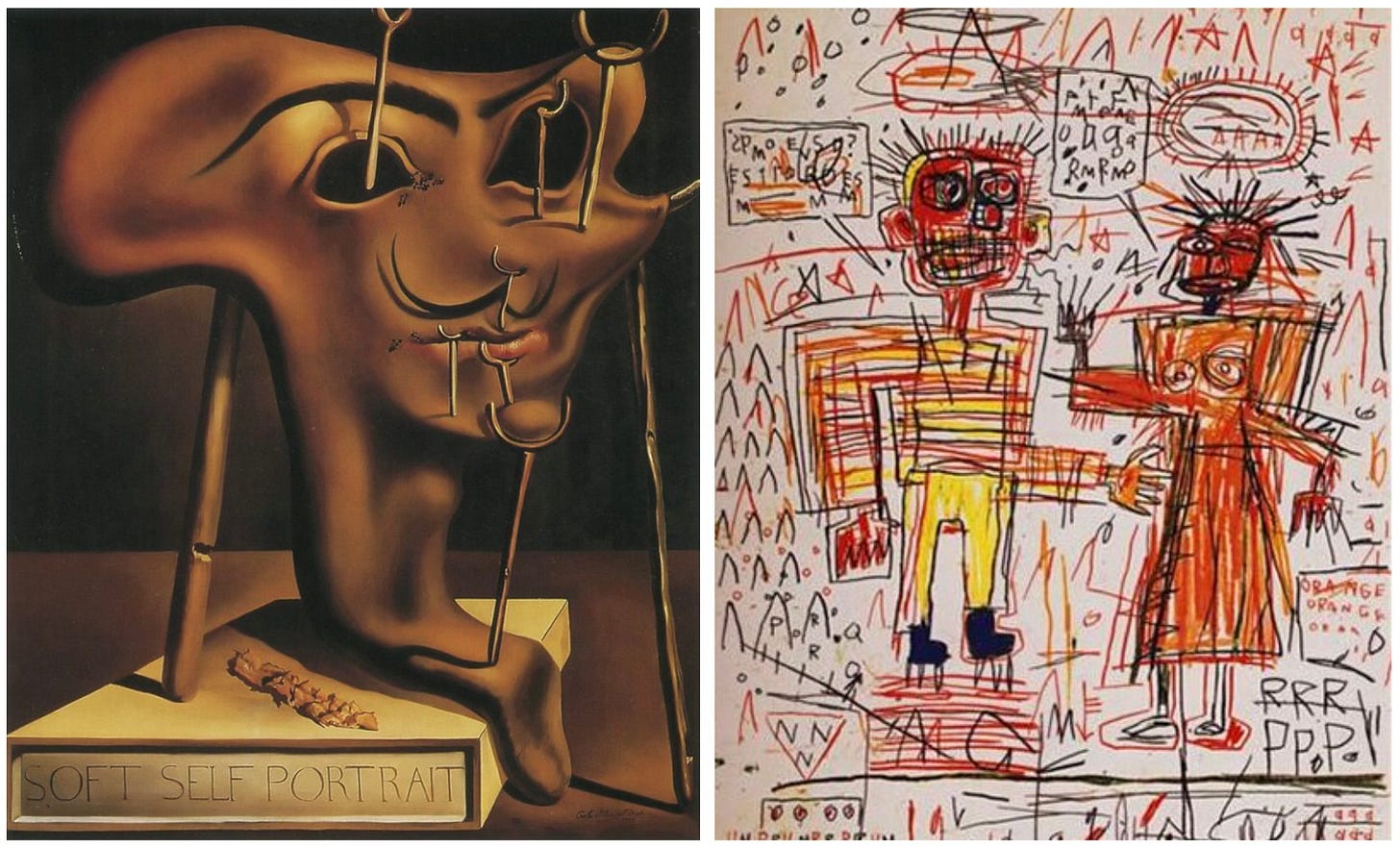
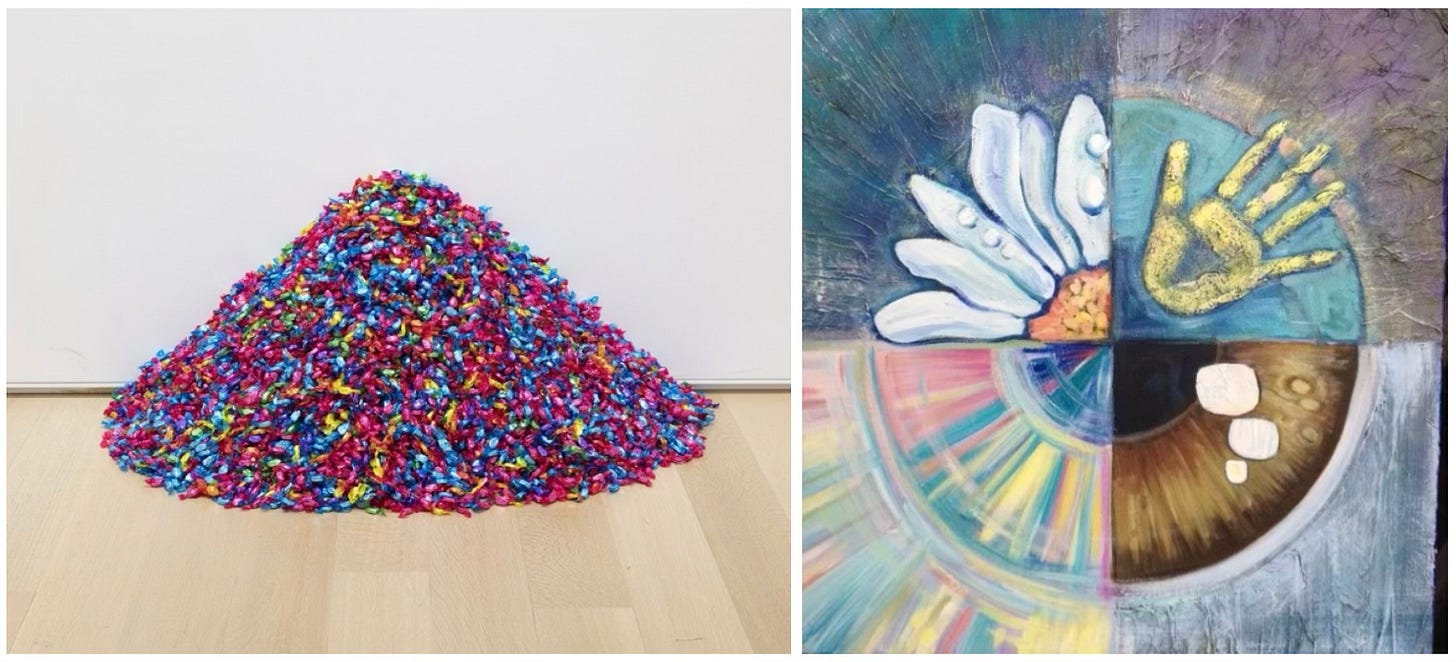
And here are some examples of work by my former students:
Grown-Ups Table community, your assignment this week is…
Keep reading with a 7-day free trial
Subscribe to DrawTogether with WendyMac to keep reading this post and get 7 days of free access to the full post archives.



